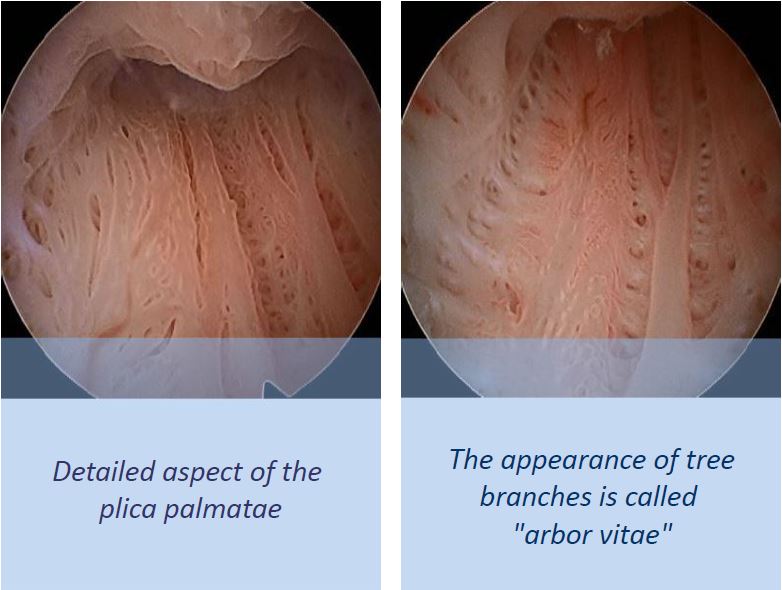
The name cervix derives from the Latin word “Cervic” meaning “neck”. It represents the lower portion of the uterus and communicates the uterine cavity with the vagina. It has a cylindrical shape with a length of about 3 cm and a diameter of about 2 cm. The uterine cervix has an opening to the vagina called the “external os” (EO). In the area of división between the cervix and uterine body lies a fibromuscular area called the “internal os”(IO). The area located between EO and IO is called the “endocervical canal”, which has a fusiform shape and an oval cross section, the endocervial canal has a diameter ranging between 3 and 10 millimiters.
The epithelium of the cervix in its intravaginal portion corresponds to squamous epithelium. It changes to columnar epithelium in the endocervical canal. The area of transition between the two epithelia corresponds to the squamocolumnar junction alsoknown as the transformation zone. The arrangement of the epithelium at the level of thecervical canal is made of longitudinal ridges along the canal, this is called “plica palmatae”. On top of the longitudinales ridges there are also oblique branches that give it the appearance of tree branches that is also called “arbor vitae”.